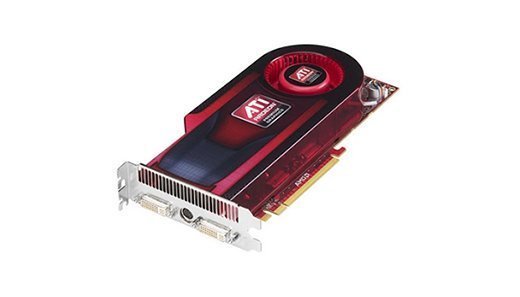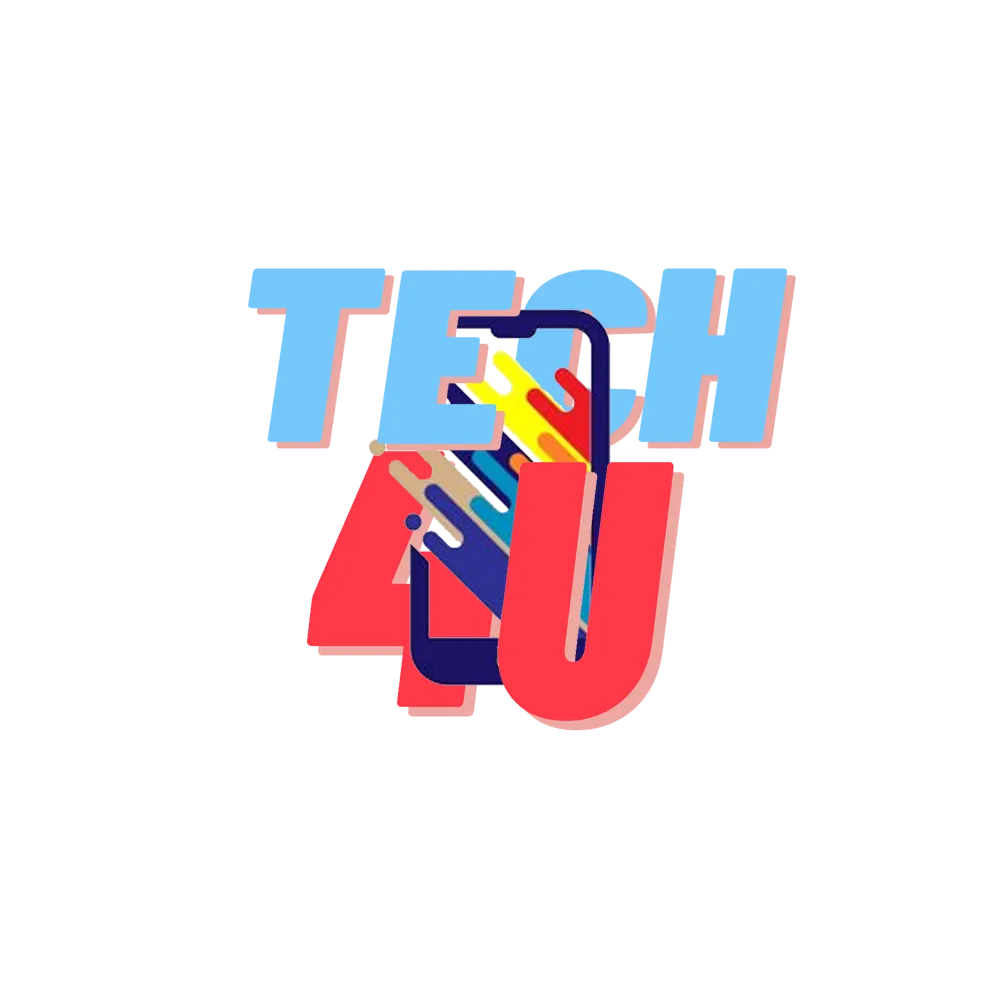A graphics processing unit (GPU) is a computer chip that renders graphics and images by performing rapid mathematical calculations. GPUs are used for both professional and personal computing. Traditionally, GPUs are responsible for the rendering of 2D and 3D images, animations, and video — even though, now, they have a wider use range.
In the early days of computing, the central processing unit (CPU) performed these calculations. As more graphics-intensive applications were developed, however, their demands put a strain on the CPU and decreased performance. GPUs were developed as a way to offload those tasks from CPUs and to improve the rendering of 3D graphics. GPUs work by using a method called parallel processing, where multiple processors handle separate parts of the same task.
GPUs are well known in PC (personal computer) gaming, allowing for smooth, high-quality graphics rendering. Developers also began using GPUs as a way to accelerate workloads in areas such as artificial intelligence (AI).
GPU use cases/What are GPUs used for today?
Today, graphics chips are being adapted to a wider variety of tasks than originally designed for, partially because modern GPUs are more programmable than they were in the past.
Some examples of GPU use cases include:
- GPUs can accelerate the rendering of real-time 2D and 3D graphics applications.
- Video editing and the creation of video content have improved with GPUs. Video editors and graphic designers, for example, can use the parallel processing of a GPU to make the rendering of high-definition video and graphics faster.
- Video game graphics have become more intensive computationally, so in order to keep up with display technologies — like 4K and high refresh rates –, emphasis has been put on high-performing GPUs.
- GPUs can accelerate machine learning. With the high-computational ability of a GPU, workloads such as image recognition can be improved.
- GPUs can share the work of CPUs and train deep learning neural networks for AI applications. Each node in a neural network performs calculations as part of an analytical model. Programmers eventually realized that they could use the power of GPUs to increase the performance of models across a deep learning matrix — taking advantage of far more parallelism than is possible with conventional CPUs. GPU vendors have taken note of this and now create GPUs for deep learning uses in particular.
- GPUs have also been used to mine bitcoin and other cryptocurrencies like Ethereum.
How a GPU works
A GPU may be found integrated with a CPU on the same electronic circuit, on a graphics card, or in the motherboard of a personal computer or server. GPUs and CPUs are fairly similar in construction. However, GPUs are specifically designed for performing more complex mathematical and geometric calculations. These calculations are necessary to render graphics. GPUs may contain more transistors than a CPU.

GPUs will use parallel processing, where multiple processors handle separate parts of the same task. A GPU will also have its own RAM (random access memory) to store data on the images it processes. Information about each pixel is stored, including its location on the display. A digital-to-analog converter (DAC) is connected to the RAM and will turn the image into an analog signal so the monitor can display it. Video RAM will typically operate at high speeds.
GPUs will come in two types: integrated and discrete. Integrated GPUs come embedded alongside the GPU, while discrete GPUs can be mounted on a separate circuit board.
For companies that require heavy computing power, or work with machine learning or 3D visualizations, having GPUs fixated in the cloud may be a good option. An example of this is Google’s Cloud GPUs, which offer high-performance GPUs on Google Cloud. Hosting GPUs in the cloud will have the benefits of freeing up local resources, and saving time, cost, and scalability. Users can choose between a range of GPU types while gaining flexible performance based on their needs.
